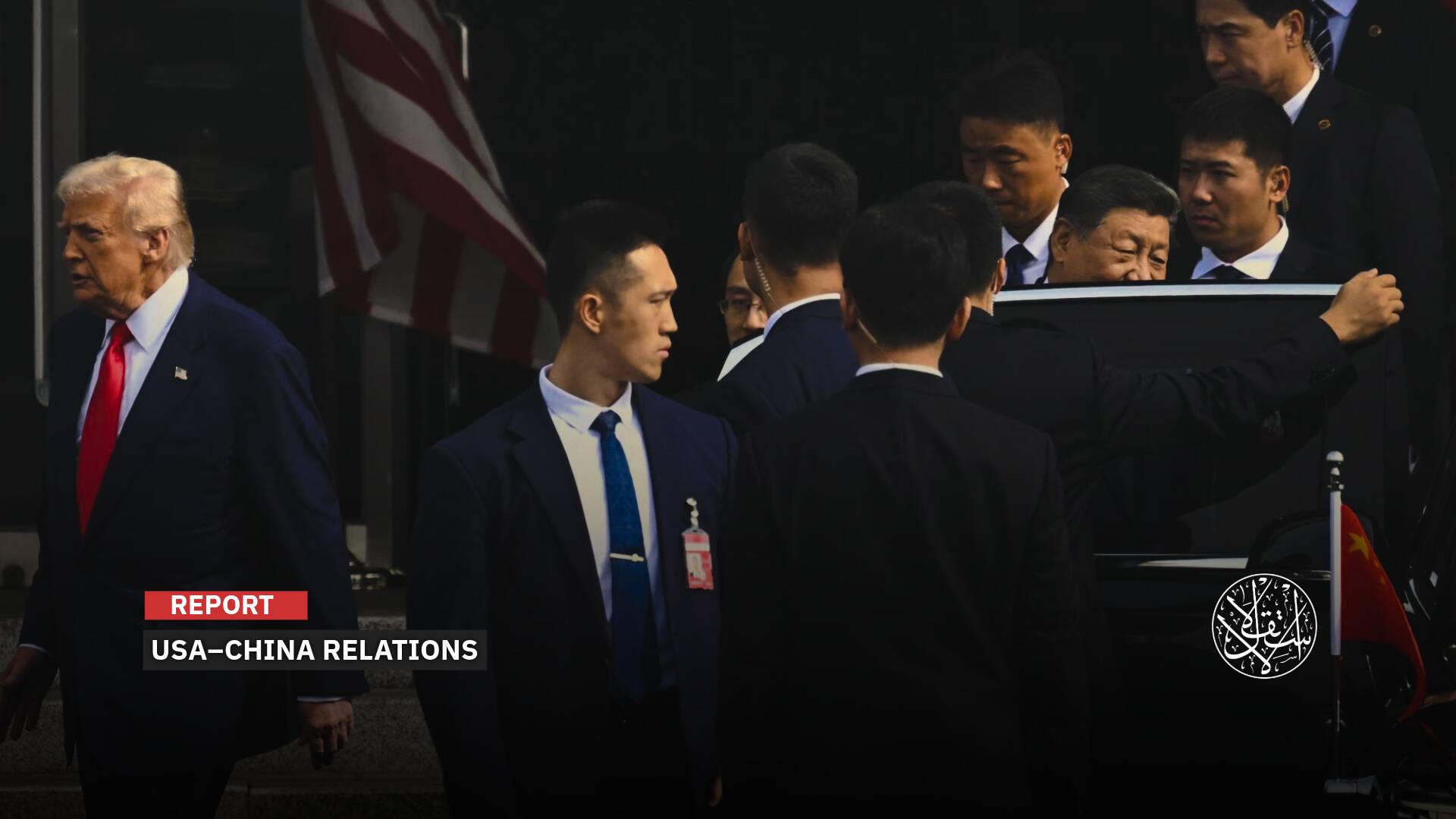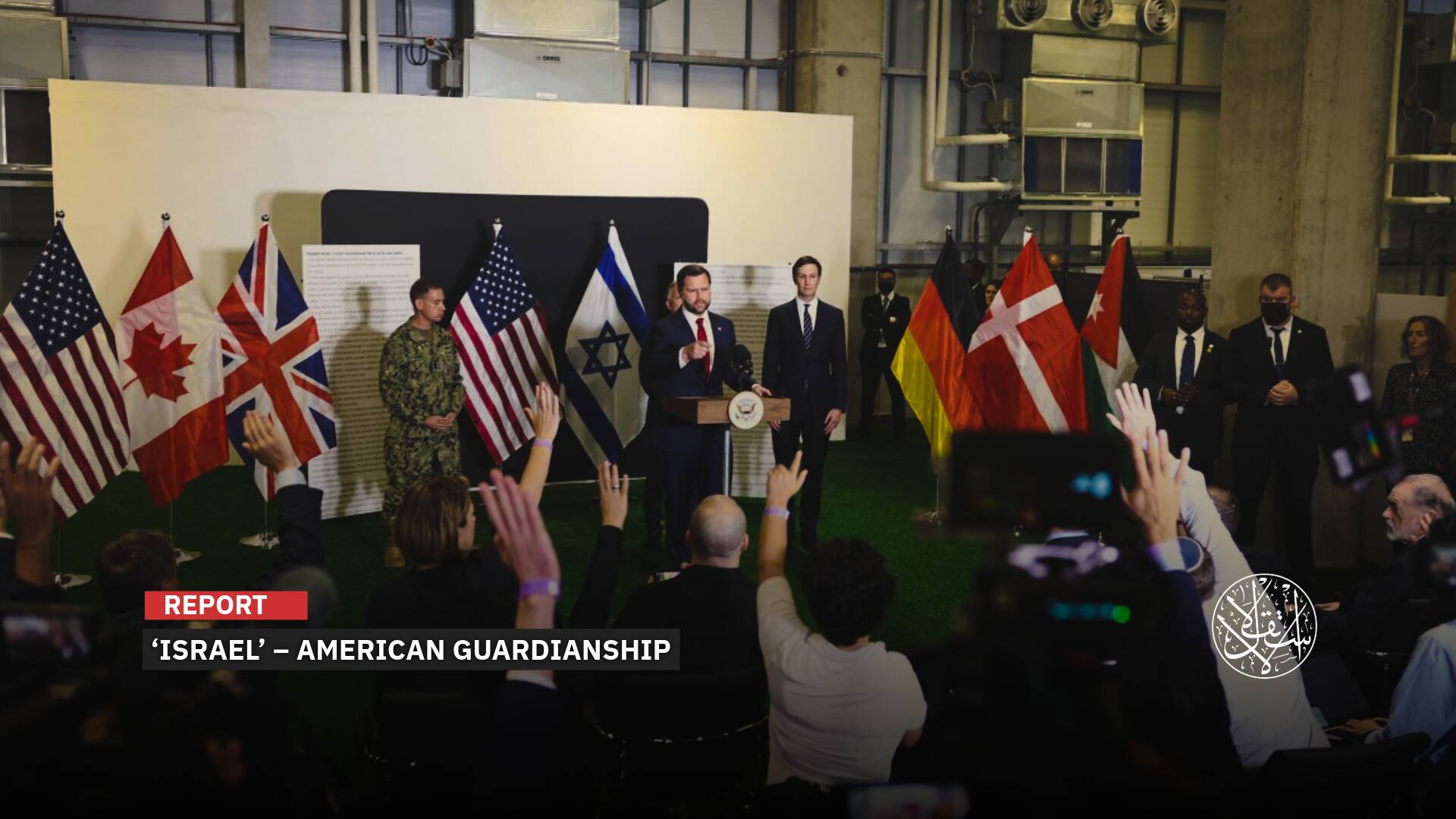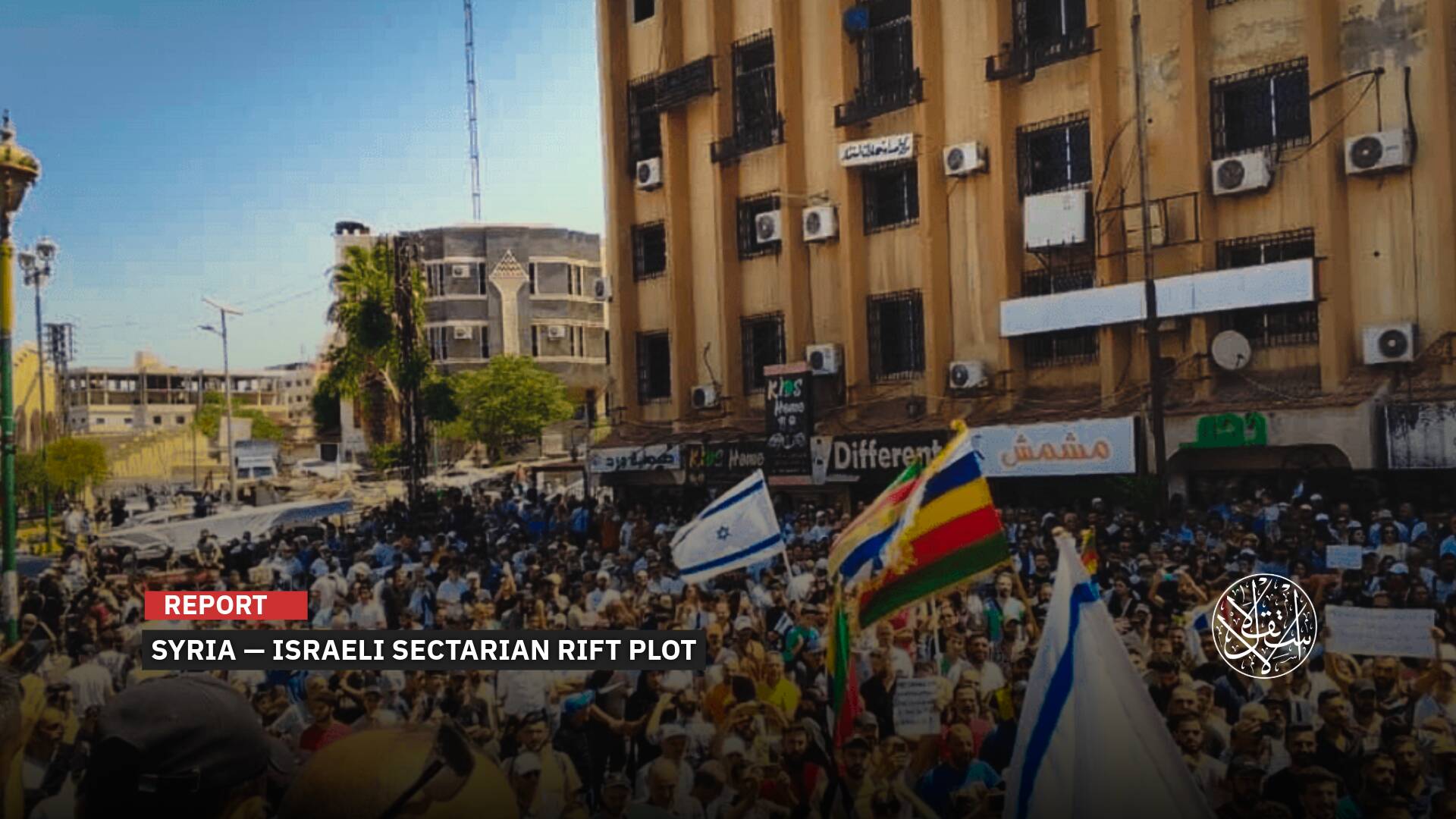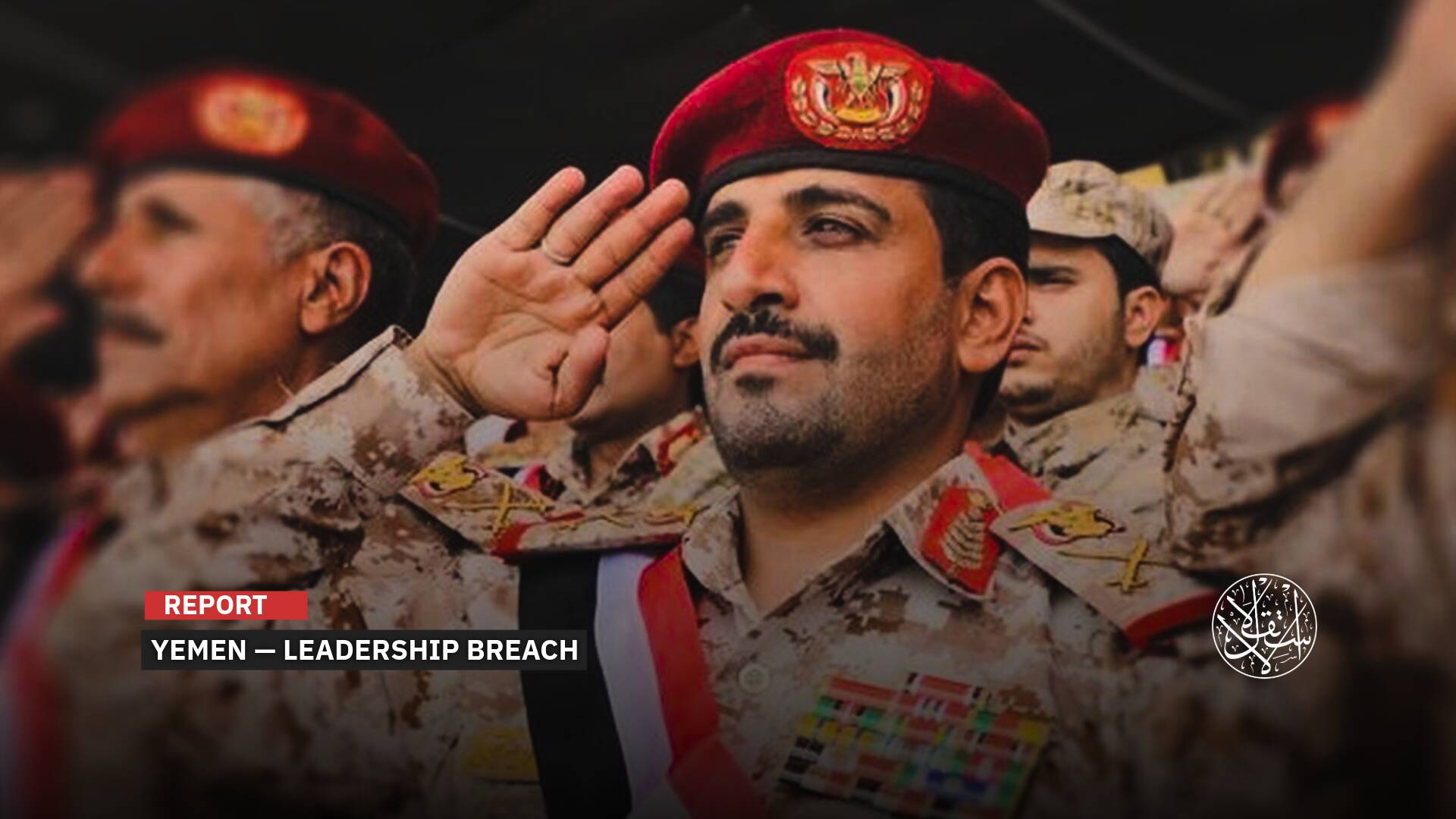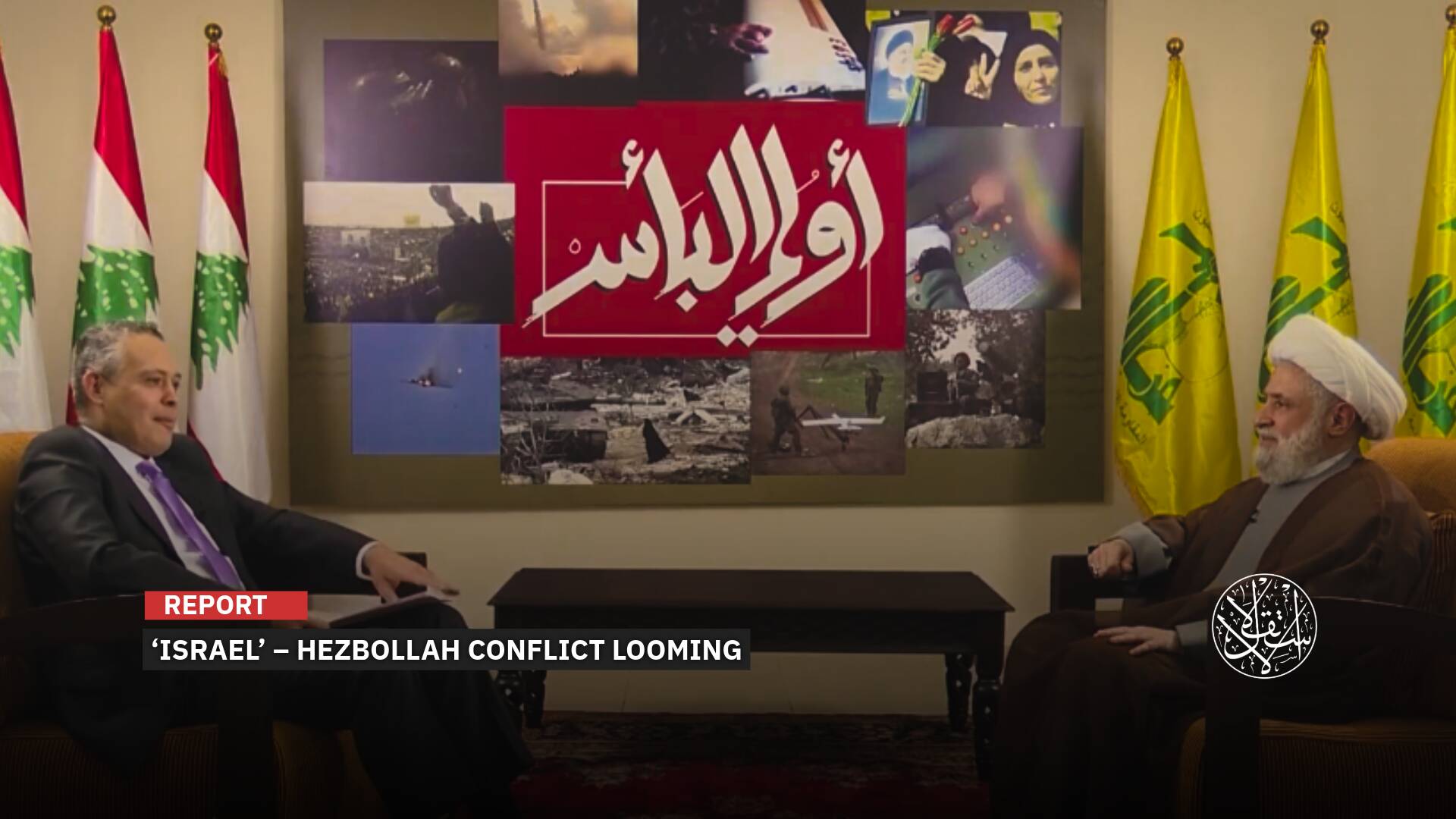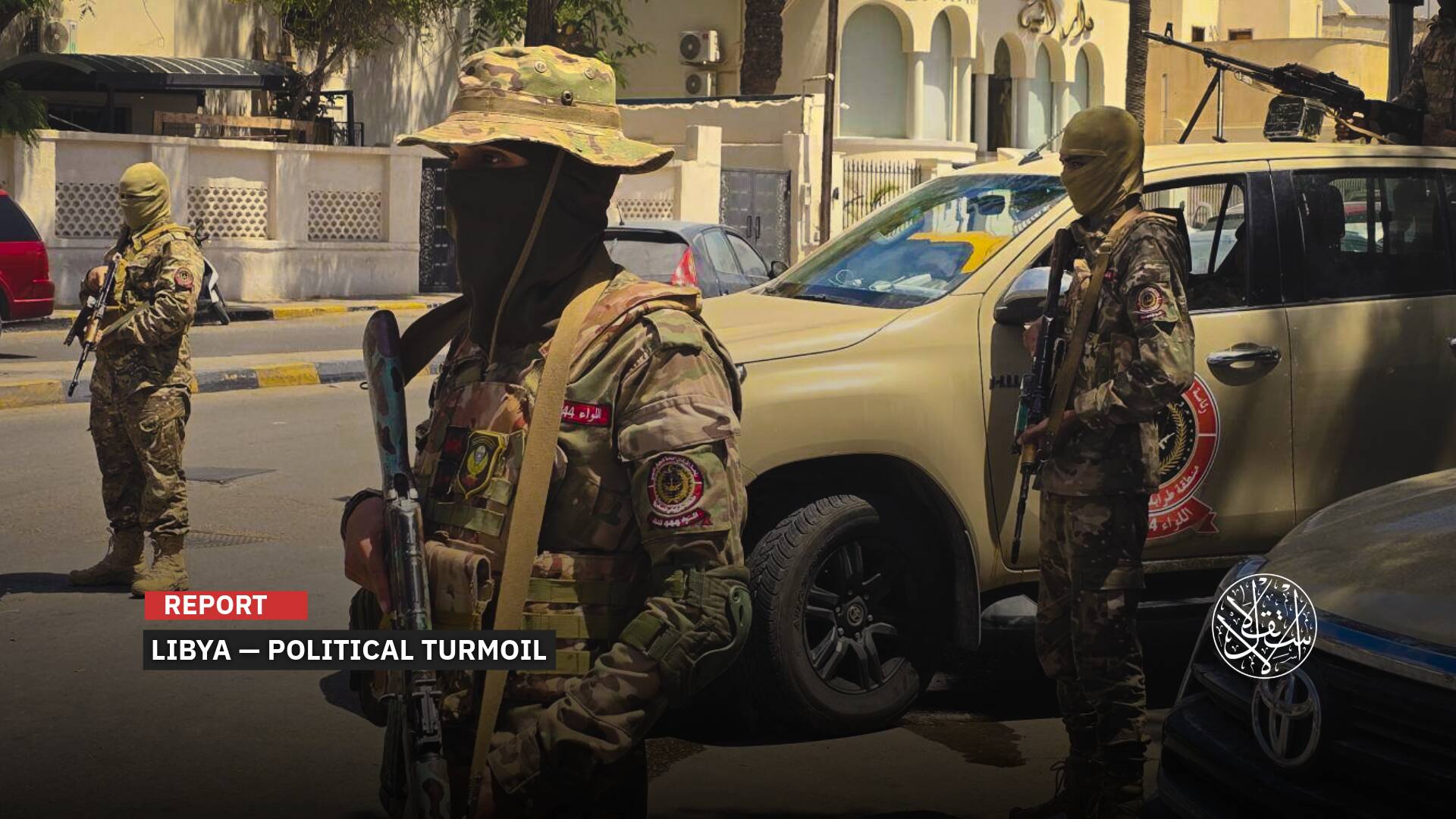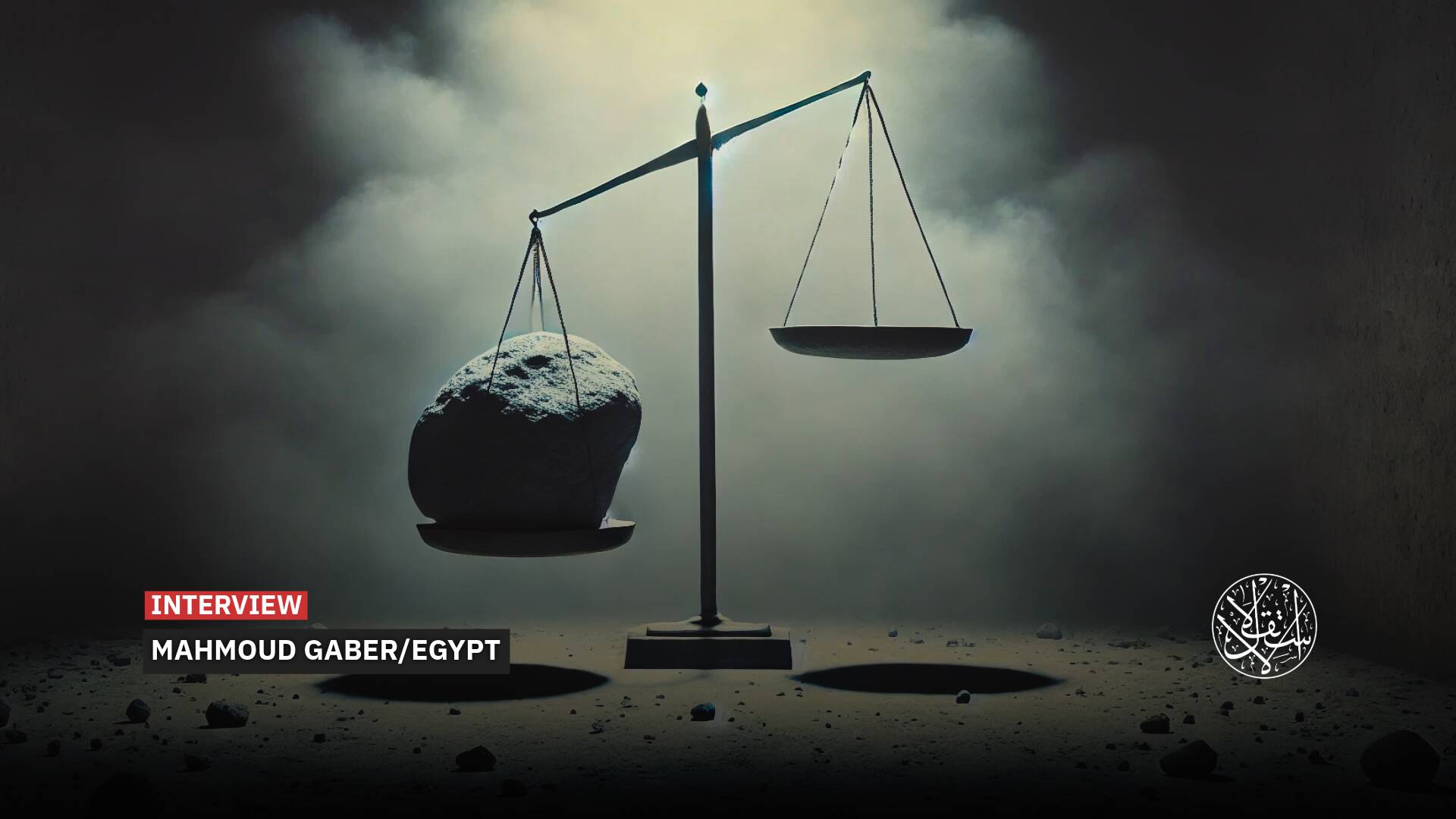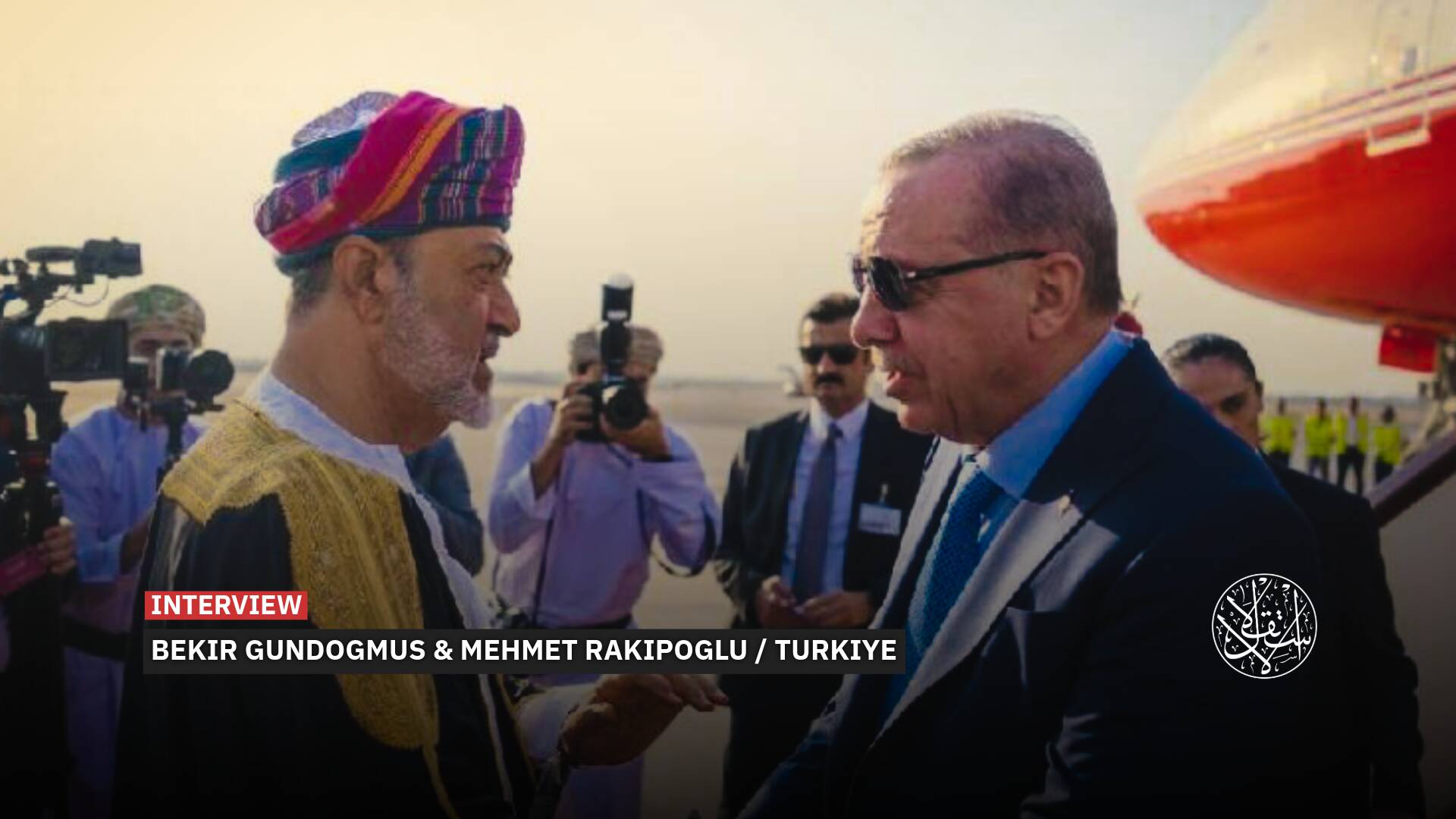How Do Leaked Documents Reveal U.S. Spying on Its Friends Before Its Enemies?

A trove of classified documents revealing the extent of U.S. intelligence operations around the world has been leaked online, sparking fury and alarm among American officials.
The documents, mostly from the Pentagon and labeled “Top Secret,” exposed the U.S. strategies and assessments in the war-torn Ukraine, where Russia-backed separatists have been fighting the government forces for years.
The leak also included information from other U.S. intelligence agencies on various countries based on sources and methods that are highly sensitive and confidential.
The documents were prepared earlier this year by top military commanders, including Mark Milley, the chairman of the Joint Chiefs of Staff, and were accessible to a number of U.S. officials and contractors with security clearances.
The Washington Post, which first reported the leak, said that U.S. officials were outraged by the breach and feared that it could jeopardize national security and endanger lives.
It was not clear who was behind the leak or what their motives were. The U.S. government has not officially confirmed the authenticity of the documents, but some experts said they appeared to be genuine.
The leak is one of the most significant disclosures of classified information in recent history, comparable to the revelations by Edward Snowden, a former National Security Agency contractor who exposed the agency’s global surveillance programs in 2013.

Dangerous Leak
The classified documents exposed the inner workings of the U.S. intelligence community, revealing sensitive details about its agencies, operations, and allies.
The New York Times has obtained 50 pages of the documents covering a range of topics, from the National Intelligence Agency and the CIA to the secretive National Reconnaissance Office, which oversees a fleet of spy satellites that cost billions of dollars.
The documents appear to have been printed and bundled between February 28 and March 2 and shared on Discord, a platform popular among gamers and professionals.
They were posted on a server called Wow Mao by an unknown user. Some of the documents are marked NOFORN, meaning they are not to be shared with foreign partners.
Others are labeled as shareable with the Five Eyes alliance, which consists of the U.S., Canada, the UK, Australia, and New Zealand.
The leak also includes information on Canadian and British spy activities, indicating that the fallout could affect more than just the U.S.
The full extent and impact of the leak are still unknown. An official said to the Washington Post that the U.S. has to handle this carefully, both domestically and internationally, as there are many institutions and agencies involved.
A second U.S. official said that what was posted online seemed to be part of a larger batch of files, but no one knew how much damage was done.
Despite the many topics of the leaks, one of the most prominent revelations is that they present a rare picture of the American spy world.

Spying on Friends
A CIA report that accused the Israeli spy agency of fomenting unrest against the country’s new government has provoked a furious reaction from Israeli officials, according to one of several leaked documents that reveal secrets of American intelligence.
The report, based on intercepted communications, said that the Mossad had been behind numerous calls for protests and other actions to undermine the coalition that ousted Prime Minister Benjamin Netanyahu in June.
The Israeli prime minister’s office, speaking on behalf of Mossad, denounced the report as “completely false and baseless.”
The leaked documents, which were obtained by an unknown source and shared with The Washington Post, also offer a glimpse into how the United States assesses and influences the policies of its allies on sensitive issues such as arms sales and espionage.
Another document revealed that the United States had recruited informants who had access to confidential meetings of world leaders.
For example, the document said that the United States had learned from a source about a close encounter between a Russian fighter jet and a British spy plane over Ukraine in October.
The document said that the British defense minister, Ben Wallace, had informed Parliament about the incident, but had omitted a crucial detail: that the Russian jet had fired a missile at the British plane, which narrowly avoided being hit.
The document said that this incident had brought the United States and its NATO allies to the brink of war with Russia over Ukraine.
The documents also showed that the United States was spying on its closest partner in the Arab world, Egypt, which receives more than $1 billion in annual military aid from Washington.
The document said that the United States was monitoring Egyptian President Abdel Fattah el-Sisi’s health, political rivals, and human rights record.
The CIA declined to comment on the authenticity or content of the leaked documents. A spokesperson for the National Security Agency, which oversees electronic surveillance, said that the agency “takes its legal obligations seriously and operates within the law.”
The United States has been secretly monitoring its closest ally in the Arab world, Egypt, which receives more than $1 billion in annual military aid from Washington, according to classified documents obtained by The Washington Post.
The documents reveal that Egypt’s president, Abdel Fattah el-Sisi, ordered a covert shipment of tens of thousands of missiles from Russia in February, despite U.S. warnings against expanding Cairo’s ties with Moscow.
The documents also show that Egyptian officials discussed how to produce weapons from local factories and conceal the deal from the West. One top-secret document, dated February 17, records a debate among senior Egyptian military officers about how to supply Russia with gunpowder and artillery.

Ukraine War
The documents mainly cover the war in Ukraine in terms of assessing the course of the war and where it is heading, what kind of weapons Ukraine needs, assessments that contribute to determining the Biden administration’s decisions, how to support Ukraine, and how to respond to Russia’s military strategy.
According to one document, Russian forces suffered between 189,500 and 223,000 casualties as of February 2023, including some 43,000 soldiers killed in combat.
While Ukraine suffered between 124,500 and 131,000 casualties, with up to 17,500 killed in the fighting.
On the geopolitical implications of the war, a CIA document, a summary of the agency and a vision of the global security situation, reveals that China will use Ukrainian attacks deep inside Russia as evidence of NATO aggression, and China may increase its aid if it deems the attacks “important.”
Beijing has yet to provide lethal weapons to Russia, but Ukraine’s attack on Moscow using U.S. and NATO weapons will signal that “the United States is directly responsible for the escalation.”
The leaked documents show America pursuing Iran’s efforts to acquire nuclear weapons. One briefing included the monitoring of Iranian efforts to examine short-range ballistic missiles. Another briefing questions the ability of the International Atomic Energy Agency (IAEA) to carry out security monitoring of Iran’s nuclear project.
In other reports, a picture is presented of U.S. intelligence pursuing North Korea’s nuclear programs. In another report, he spoke of discussions within South Korea’s National Security Council about a U.S. request to provide Ukraine with ammunition.
A council official suggested selling the arms to Poland, which controls most arms transfers to Ukraine. The Washington Post tried to find out the source of the documents, tracking a user who shared photos in February and March, according to a review of previous social media posts based in South Carolina.
Wiretaps show the Wagner Group’s attempt to obtain weapons from a NATO country for use in the Ukrainian war and satellite imagery used by the United States to pursue Russian forces, including previously undisclosed technology.
The documents also reveal Wagner’s plans to rely on Russian prisoners to fight in Ukraine, and like the report about company officials meeting with a Turkish contractor, information about them was gathered via an “intelligence signal,” i.e., electronic eavesdropping.


